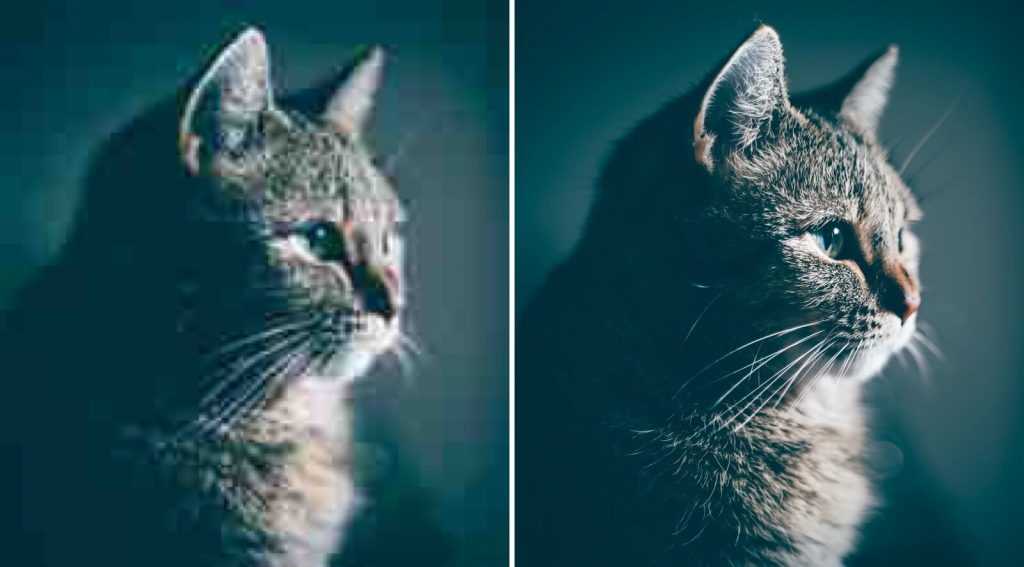Onirix compatible with Lidar: Spatial AR for industry
Contents
2021 comes with news, one of them is Onirix’s compatibility with the new Lidar sensors, incorporated in the latest versions of Apple phones, iPhone 12 Pro. These types of sensors offer a new level when it comes to scanning different spaces, and thereby recognize the elements that compose them.
To better understand what we are talking about with Spatial AR, in this post we present this Onirix module, available for Android and iOS phones, compatible with ARCore and ARkit technologies.
Thanks to the inclusion of Lidar within the Spatial AR module, Onirix will be able to create high-quality scans, with this type of sensor. With this, the point cloud that is generated in our platform, Onirix Studio, will have a much more precise level of visual detail, both in low and high resolution.
Point cloud in Spatial AR, and density types
When a space is scanned, and with it, a three-dimensional representation of it is generated, this process generates what we call a point cloud. Depending on the amount of information it contains, at a visual level, it may be more or less dense. In other words, the more detail the generated cloud has, the more points it will contain, and therefore, the more information it can offer us at a visual level. This would be equivalent to the pixel density of an image. The more pixels, the sharper the image looks, because it has more elements that define it visually.


In Onirix we currently have two modes to create these point clouds, and therefore, two levels of detail to visualize the representations in Studio: a scattered cloud, and a dense cloud.
Scattered cloud: low resolution
The first and simplest version is a scattered or thin cloud. This is a cloud that does not have much detail or number of points. With this type of cloud, we can cover great distances without generating excessive information, and therefore, making the scanning process relatively light and fast.
This cloud is ideal for spaces where, at the configuration level, it is not necessary to have a great detail of the components when including the information from our scene editor.
Thanks to the inclusion of Lidar, now it is possible to generate sparse point clouds with much richer information, capable of serving as a much more complete visual reference.
Dense cloud: high resolution
This cloud goes one step further. To generate it, in addition to the key points of the thin cloud, we carry out post-processing with photographs that are taken during the scanning process, frame by frame. This process is similar to a photogrammetry process. With this, more information is generated that allows the cloud to be visually filled, thus providing more information.
The advantage of this mode is that it allows us to recognize the scanned space in a much more detailed way, and thus to be able to place the elements with a higher level of precision. A useful example can be the scanning of production lines, where clients like Unilever use this system to represent the machines and identify the elements that compose them. Or the electric racks, where Red Eléctrica España identifies the different materials that compose them, thanks to augmented reality.
Is Spatial AR interesting for my business or industry?
Spatial AR is the most comprehensive augmented reality mode that can be used today. This type of tracking allows us to interact with the entire environment, locate the user within a specific space, and show them relevant information about everything around them.
This type of experience does not require having a fixed image to be continuously visualizing, with which, the entire space becomes the trigger for the experience.
In this video we show in full detail, and step by step, how to generate an initial proof of concept in the work environment. Following the instructions, you simply have to capture the space, include the recognition areas, and we can now configure the augmented reality content to be displayed.
This way of interacting with the environment makes it a perfect tool for personnel training tasks, maintenance of facilities, procedures inspection tasks, or improving safety protocols in the work environment. These are some of the examples of applications that Onirix develops with clients such as Prevencontrol, Unilever, KPMG, Red Eléctrica España, or Cruz Roja, among others.
If you are interested in learning more about the possibilities of including augmented reality in the digitization process of your company, factory, warehouse, etc; Do not hesitate to contact us.


